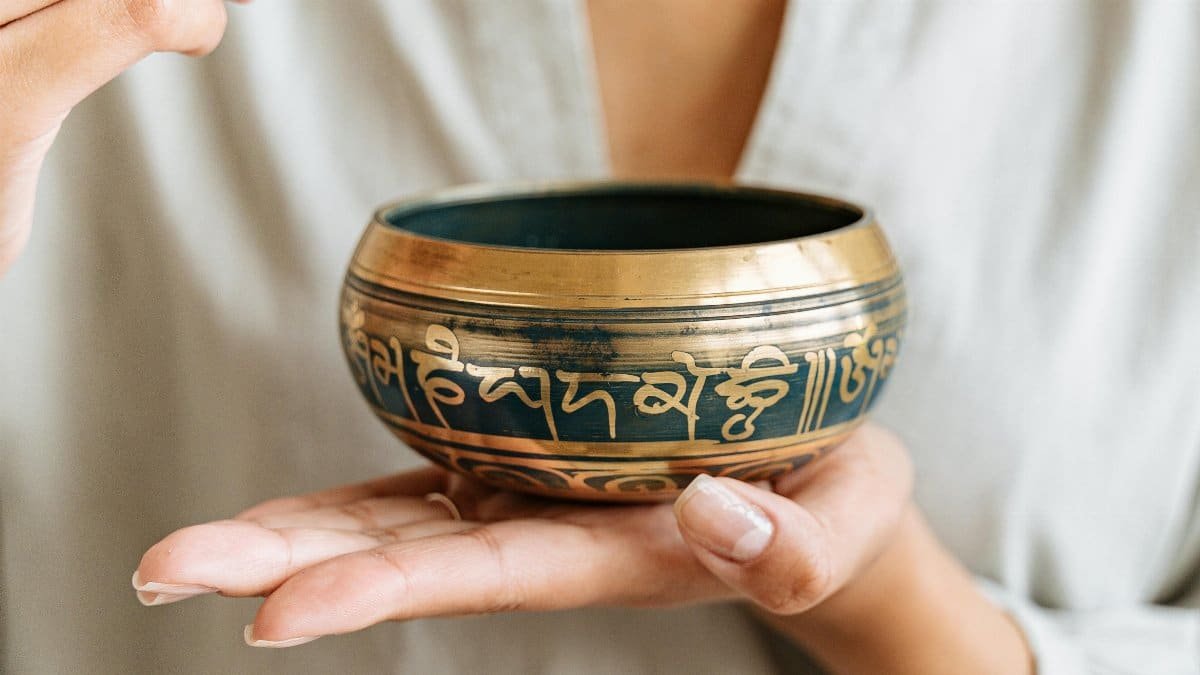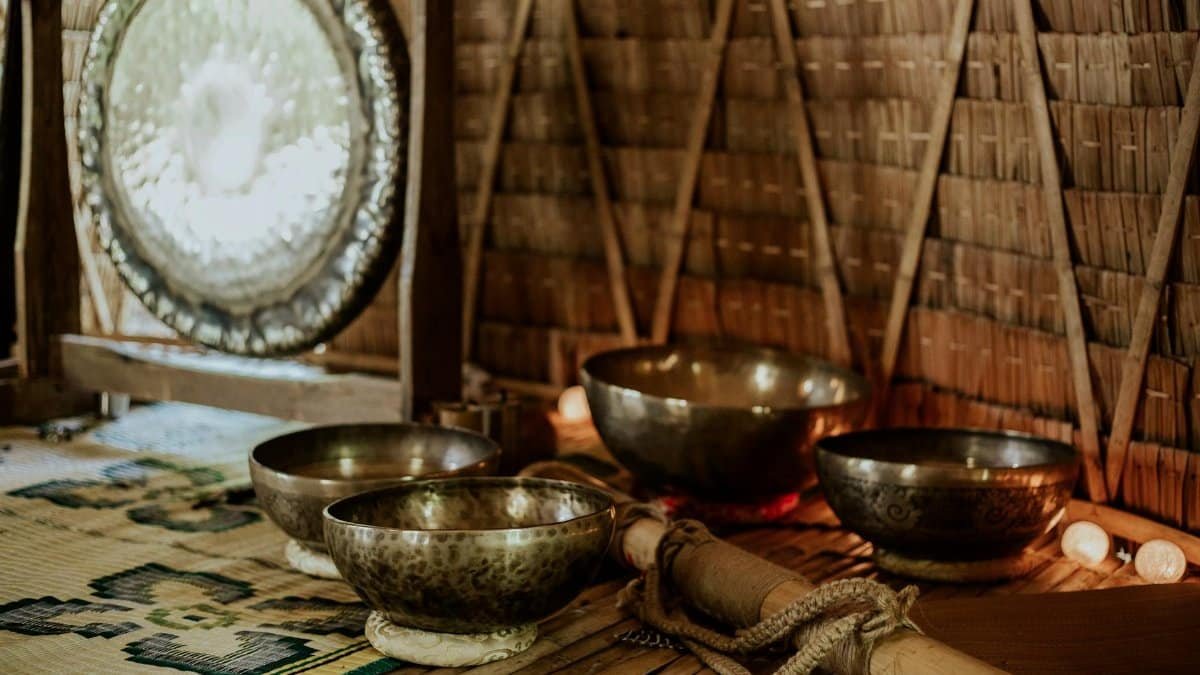Imagine a dimly lit studio in Los Angeles, where the air hums with a low, resonant tone. A small group, including a well-known actor, sits cross-legged on plush mats, eyes closed, as a facilitator strikes a Tibetan singing bowl. This isn’t a scene from a movie. It’s a glimpse into the growing world of sound healing celebrity wellness, a practice that’s quietly becoming a cornerstone for Hollywood’s elite seeking balance in a high-pressure industry. Once dismissed by some as fringe or New Age fluff, sound healing—using vibrations from instruments like gongs, bowls, or even the human voice to promote relaxation and mental clarity—is now a go-to for stars navigating stress, burnout, and the relentless public eye.
This shift isn’t just a passing fad. It reflects a broader cultural hunger for non-traditional wellness tools that prioritize mental and emotional health over quick fixes. As A-listers from musicians to athletes openly share their experiences with sound baths and frequency therapy, the practice is gaining traction beyond red carpets, resonating with everyday Americans curious about its benefits. What’s driving this quiet revolution, and why are celebrities at the forefront?
The Celebrity Connection: Why Stars Are Tuning In
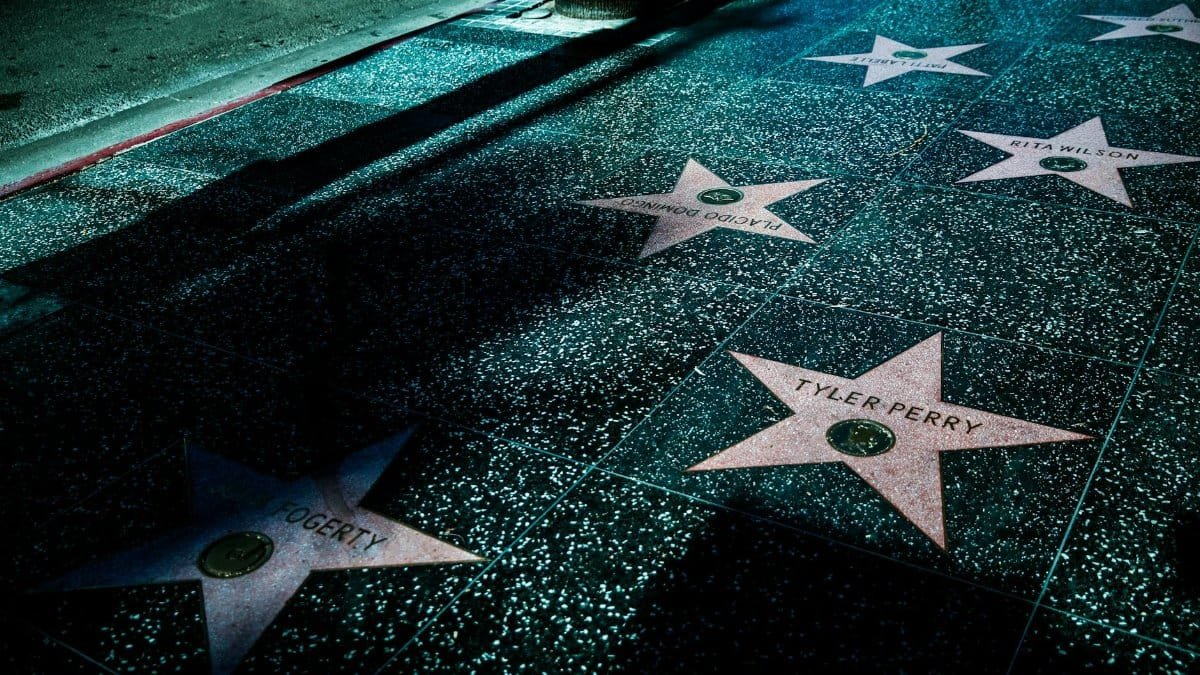
Hollywood has always been a trendsetter, but sound healing’s rise among celebrities feels less like hype and more like a genuine response to unique pressures. Actors, musicians, and athletes face constant scrutiny, erratic schedules, and emotional demands that can fray even the toughest nerves. Traditional therapy or medication doesn’t always fit their public personas or personal needs. Enter sound healing, a practice that offers a discreet, non-invasive way to recalibrate.
Take, for instance, the story of a prominent pop star—unnamed here for privacy—who reportedly turned to weekly sound baths after a grueling world tour. Friends noticed a shift: less anxiety, more focus. Word spread, and soon, others in her circle were booking sessions. This ripple effect is common. Celebrities like Rihanna and Robert Downey Jr. have hinted at using meditative sound practices in interviews, often crediting them for stress resilience or creative breakthroughs. Their influence amplifies the trend, making sound healing celebrity wellness a topic of intrigue for fans and skeptics alike.
Breaking Down the Science of Sound
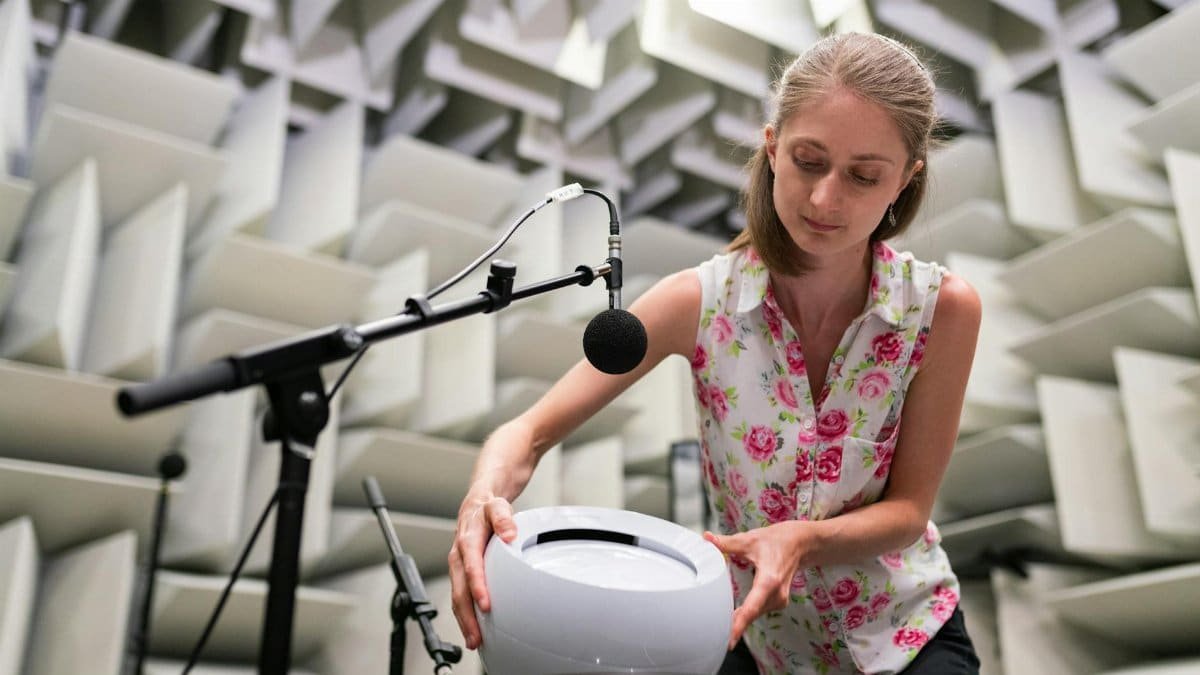
At its core, sound healing isn’t magic—it’s grounded in how vibrations interact with the body and mind. Research suggests that specific frequencies can influence brainwave activity, shifting states from stress-driven beta waves to calmer alpha or theta waves associated with relaxation and meditation. A study from the National Center for Biotechnology Information found that listening to low-frequency sounds, like those from singing bowls, can reduce cortisol levels, a key stress hormone.
Physiologically, the effects make sense. The human body is roughly 60% water, and sound waves travel through liquid, creating subtle vibrations that some practitioners believe can “reset” tense muscles or overactive nervous systems. While not all claims are fully backed by large-scale trials, early findings from institutions like the UCLA Health system point to measurable benefits in anxiety reduction and sleep quality—key concerns for celebrities and everyday folks alike.
A Historical Echo: Sound as Ancient Medicine
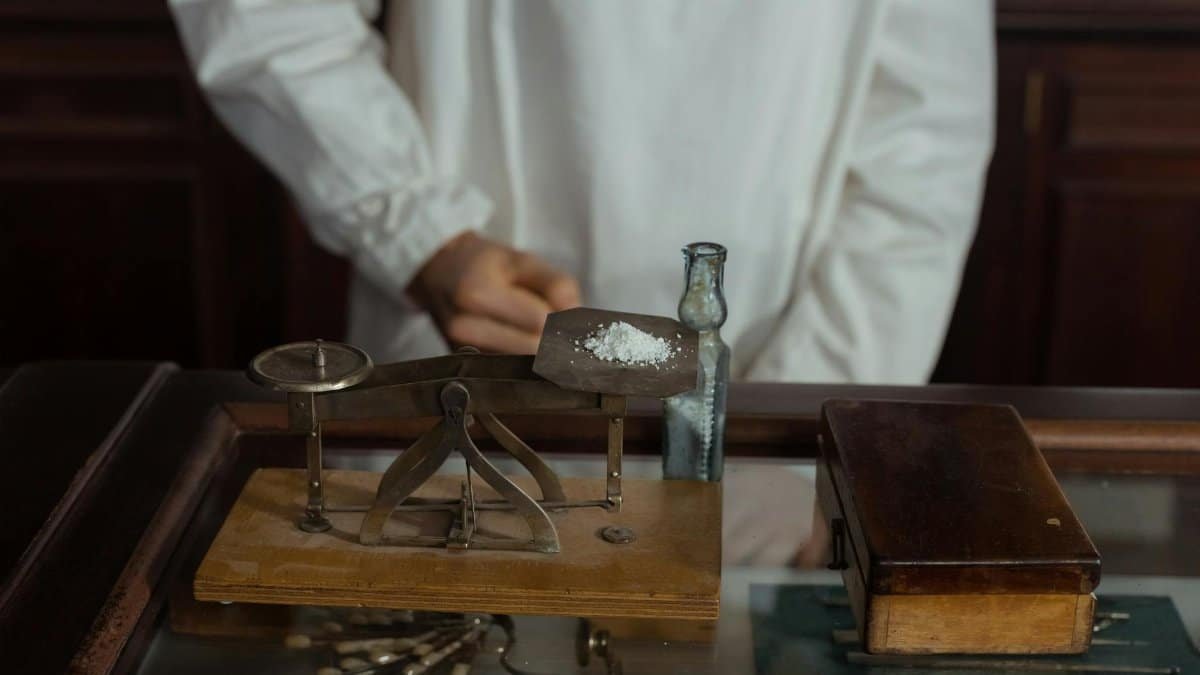
Though sound healing feels cutting-edge in celebrity circles, its roots stretch back millennia. Ancient cultures, from Tibetan monks to Indigenous Australian communities, used chanting, drumming, and instruments to facilitate healing and spiritual connection. These traditions weren’t just ritual; they were practical tools for community bonding and emotional release.
Fast forward to today, and modern sound healing celebrity wellness adapts these practices for a new era. Practitioners often combine ancient techniques with contemporary neuroscience, tailoring sessions for high-profile clients who might need privacy or quick results between film shoots or concert dates. It’s a bridge between past and present, offering a sense of grounding that’s rare in the fast-paced entertainment world.
The Hollywood Studio Scene: Where It Happens
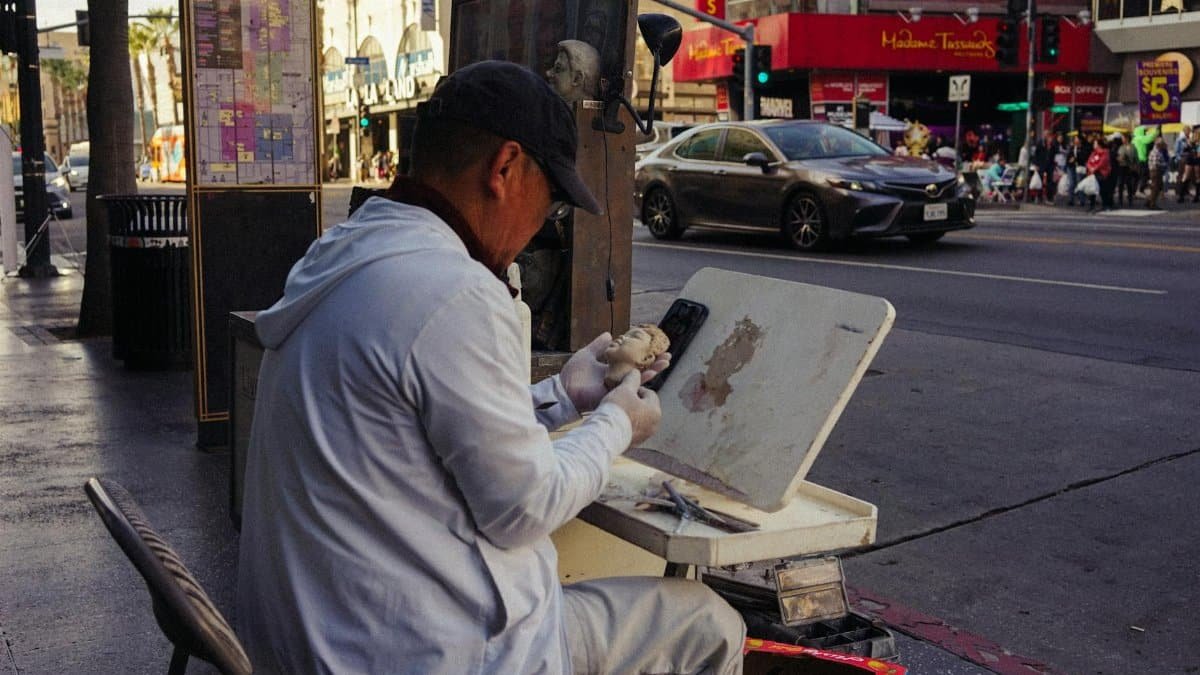
Walk into certain wellness studios in Los Angeles or New York, and you might spot a familiar face—or at least hear whispers of who was there last week. These spaces, often tucked into unassuming buildings, cater to celebrities with private sound bath sessions or bespoke frequency therapies. A typical session might involve lying down as a facilitator plays crystal bowls or gongs, the vibrations washing over participants in waves.
One studio owner, speaking anonymously, described how a well-known director became a regular after a single session eased his chronic insomnia. “He didn’t talk much about it, but he kept coming back,” she said. “That’s how it spreads—quietly, through results.” These havens are less about glitz and more about sanctuary, a rare commodity for those in the spotlight. For stars, the appeal lies in anonymity and the lack of judgment—unlike a therapist’s office, there’s no need to bare your soul verbally.
Critics and Skeptics: Is It All Just Noise?
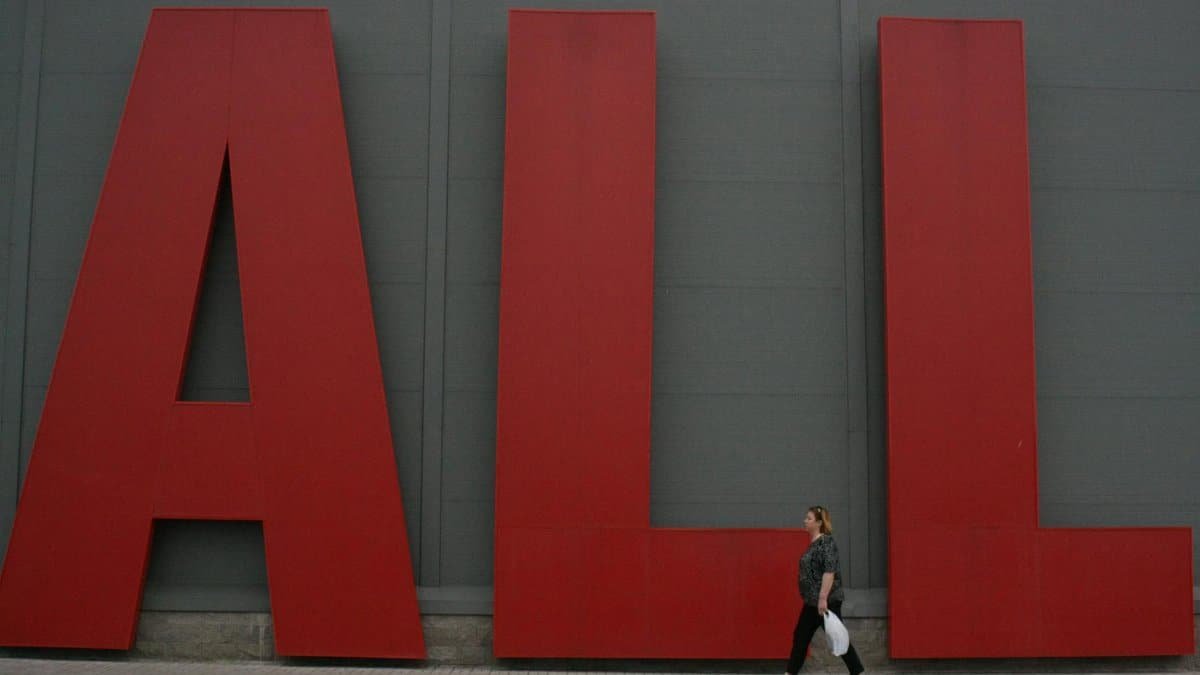
Not everyone’s sold on sound healing celebrity wellness. Critics argue it’s an overpriced placebo, capitalizing on desperation for mental peace in a chaotic world. Some neuroscientists caution that while small studies show promise, the field lacks rigorous, large-scale research to support broader claims of healing physical ailments or deep trauma. A report from the Mayo Clinic acknowledges relaxation benefits from sound-based practices but urges caution against viewing them as a cure-all.
Then there’s the cost. Private sessions in celebrity-favored studios can run $150 to $500 per hour, a price tag that’s out of reach for most. Detractors worry it’s becoming an elitist trend, inaccessible to the very people who might need stress relief most. Yet even skeptics admit the cultural fascination—fueled by celebrity endorsements—keeps the conversation alive, pushing for more research and public access.
Beyond the Elite: Sound Healing for the Masses
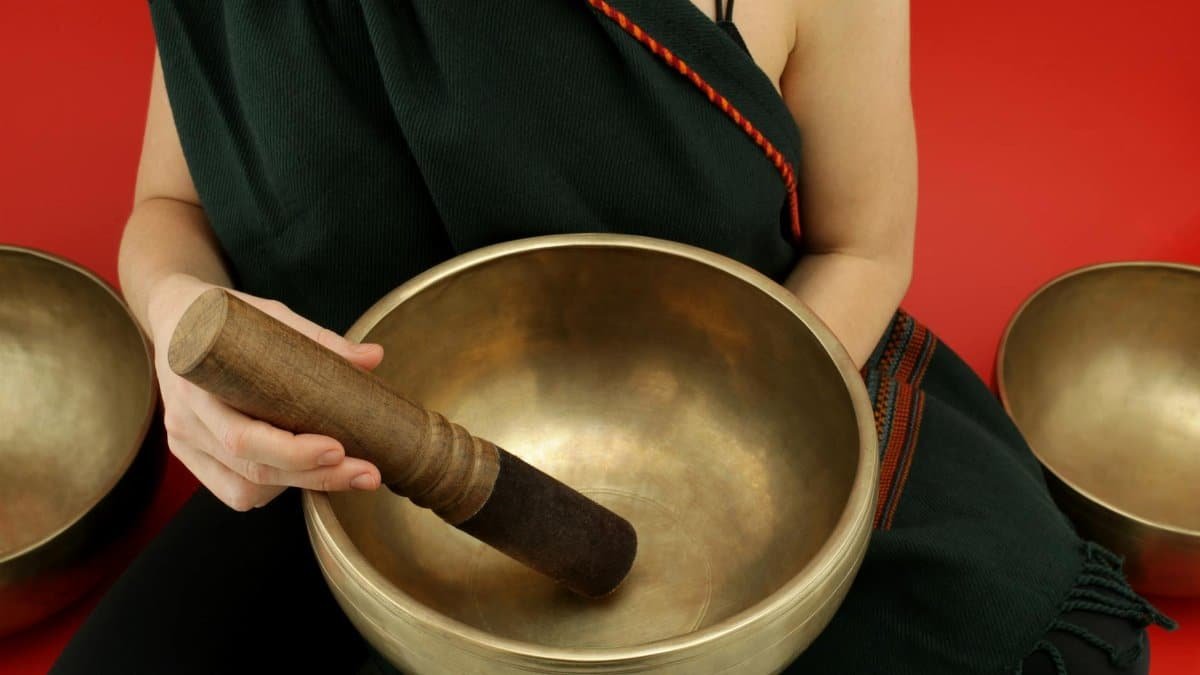
While celebrities might dominate headlines, sound healing isn’t just for the rich and famous. Community centers, yoga studios, and even online platforms are democratizing access in 2025. Group sound baths, often priced at $20 to $40, are popping up in cities from Chicago to Seattle. Apps and virtual sessions offer guided experiences with binaural beats or recorded gong sessions, bringing the practice into living rooms.
One woman, reflecting on her first group session in a local library, recalled the unexpected calm. “I went in rolling my eyes, thinking it was nonsense,” she admitted. “But halfway through, I felt this weight lift. I can’t explain it.” Stories like hers, shared in casual online conversations, highlight a growing curiosity among everyday Americans. Resources from trusted wellness hubs like the Chopra Center provide accessible starting points for the uninitiated, proving the trend’s reach extends far beyond Hollywood.
The Ripple Effect: Creativity and Connection
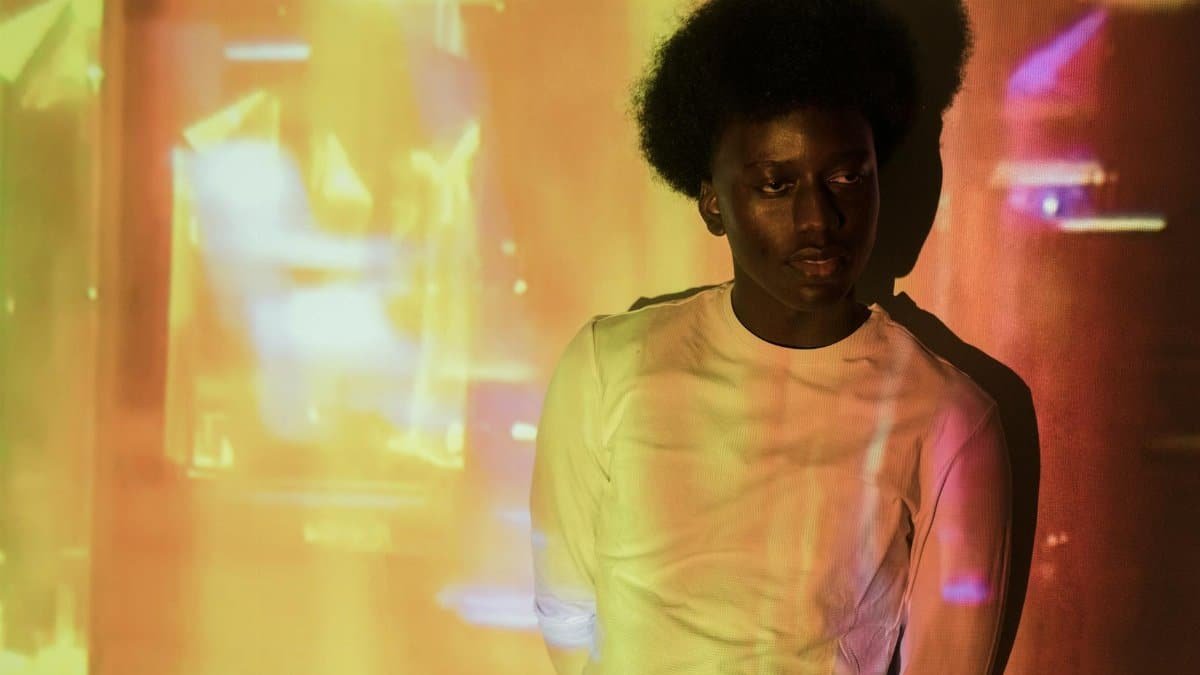
For many celebrities, sound healing isn’t just about stress relief—it’s a gateway to creativity. Musicians, in particular, describe how exposure to certain frequencies unlocks new ideas or emotional depth in their work. A lesser-known indie artist shared how a sound bath inspired a haunting melody for their latest album, a breakthrough after months of writer’s block. “It’s like the noise in my head finally cleared,” they said.
This isn’t surprising. Sound healing often fosters a meditative state, which research links to heightened problem-solving and emotional insight. For stars whose livelihoods depend on innovation—be it acting, directing, or performing—the practice becomes a secret weapon. But it’s not just about personal gain. Some celebrities are using their platforms to fund or promote sound healing programs in underserved communities, turning a personal ritual into a broader movement.
What’s Next for Sound Healing in the Spotlight?
